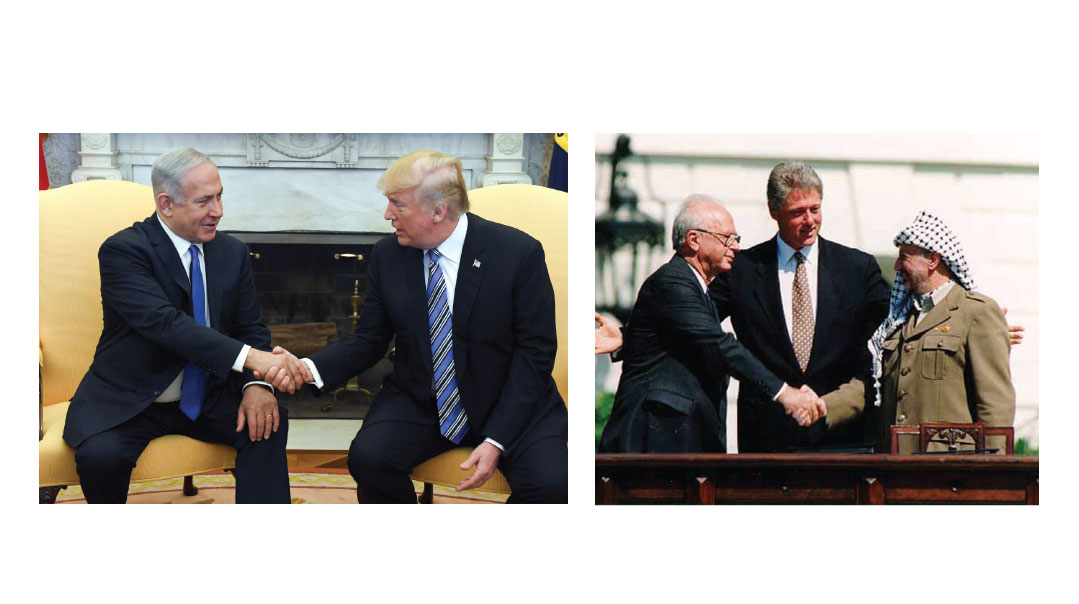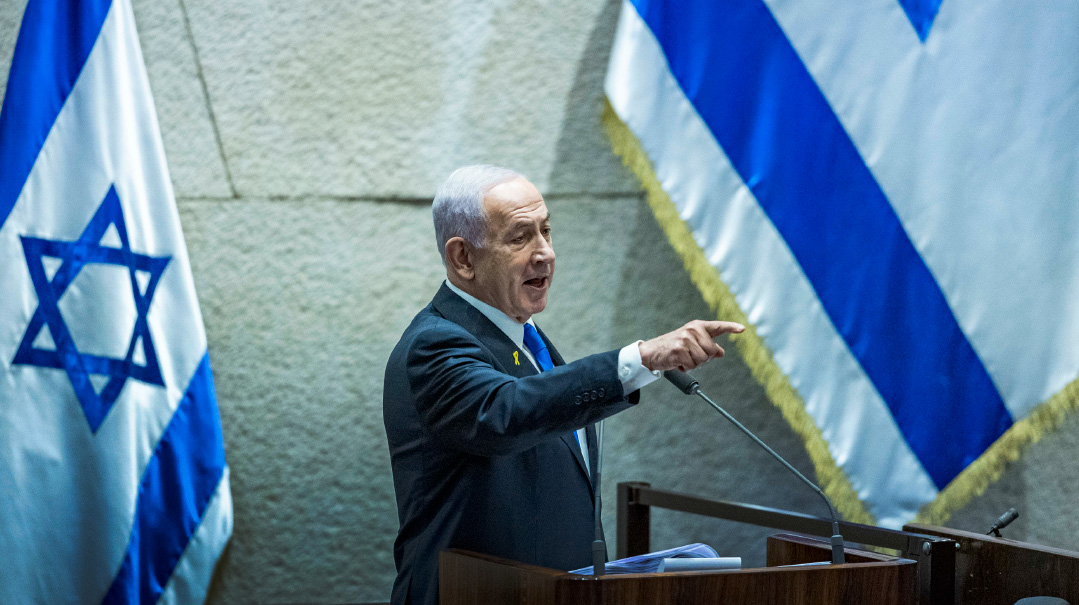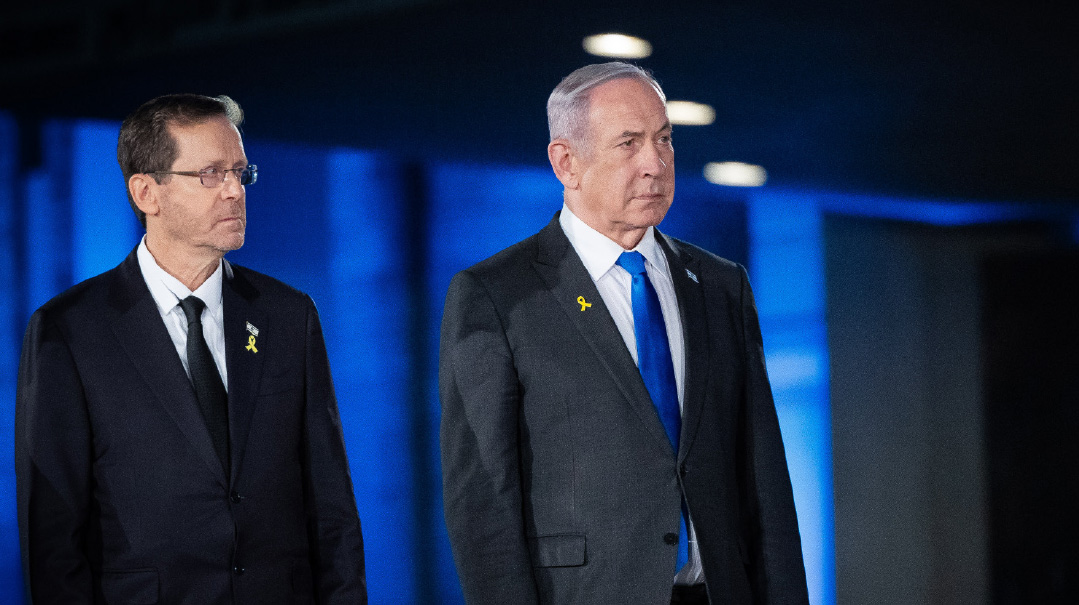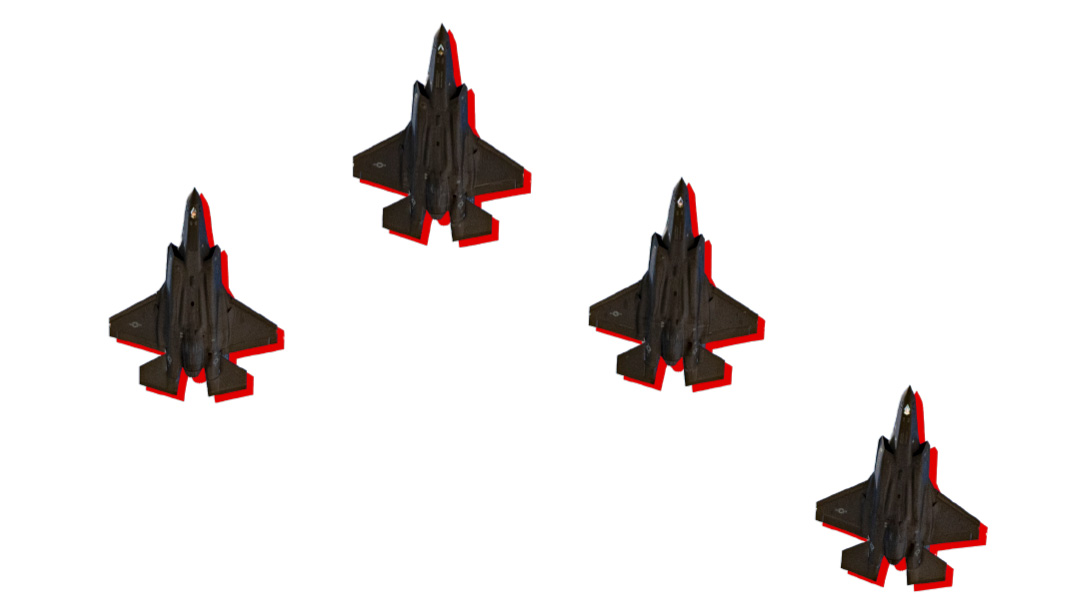A Peace Plan Report Card

Here is my analysis and grades for six major components of the plan

30% beats 4%
If the Ehuds (Barak and Olmert) had their way, Israel would have retained a mere 4% of Judea and Samaria and some 50 out of 150 recognized Jewish communities would have been uprooted or left abandoned within a hostile Palestinian state. Trump’s plan does not forcibly displace any Jews (or Arabs) but does relegate some 15 small Jewish communities to Palestine, under IDF protection. The plan grants US legitimacy to all Jewish settlements in Judea and Samaria — including those 15 — and confers to Israel control of 30% of that land, instead of 4%. These are big pluses, considering how the international community has demonized the settlement movement, but any joy must be tempered by the fact that Israel currently exercises full military and civilian control of 70% of the West Bank (known as Area C). Going from 70% to 30% constitutes a huge reduction, and for many Jews, formally ceding large swaths of our Biblical homeland is anathema.
Grade: B-
Redrawn Borders
In prior peace talks, the IDF was to withdraw the bulk of its forces from the Jordan River Valley, maintaining a limited “security presence” for a ten-year transitional period. That was based on the assumption that all the security risks from a Palestinian state would wondrously vanish after a decade. Under the Trump plan, the Jordan River Valley becomes sovereign Israeli territory, serving as a bulwark against aggressors from the east, and keeping Israel poised to safeguard Jordan from falling into radicals’ hands. The rest of the new map looks scary considering the proximity of the proposed Palestinian state to Ben-Gurion Airport and Israel’s main north-south route, Highway 6. The east side of Highway 6 from the airport and north is home to the 300,000 Israeli-Arab citizens of the “Triangle Communities.” Since release of the Trump plan, they have made it abundantly clear they have zero interest in the suggestion that they be redistricted into Palestine, a move that would strip them of their Israeli citizenship (and benefits).
Grade: B
Jerusalem Is in Our Hands
In the darkest days of Camp David in 2000, Ehud Barak proposed his own deal of the century to Yasser Arafat — giving away the Jewish People’s most precious tract of land — the Temple Mount — and placing Jerusalem’s Old City under international control. Trump took this off the negotiating table, recognizing Jerusalem as Israel’s undivided capital and relocating the US embassy. The Trump plan does envision a future Palestinian capital, but in a neighborhood of eastern Jerusalem where few Jews venture. In recent years, leading right-wing politicians and scholars from like-minded think tanks have recognized there are more advantages than disadvantages in redrawing Jerusalem’s borders so Arab neighborhoods in northern and eastern Jerusalem form their own municipality and govern themselves.
Grade: A-
Borderline Insecurity
The most worrisome carryover from Oslo is a Gaza–West Bank high-speed transportation link slicing through 40 miles of Israeli territory. Media reports that this travel corridor will be a benign tunnel, out of sight and out of mind, are based on the use of the word “tunnel” in the map, but the text of the Trump plan specifies only the goal, not the means, clearly saying the crossing will be “over or under the State of Israel’s sovereign territory.”
Any peace treaty will live or die on its ability to provide Israel with airtight security, and here is where the Trump plan gets unwieldy. It talks about disarming Hamas and the PA without specifying the mechanism. (It took 13 years for an international commission to disarm the Irish Republican Army.) It assumes cooperation and goodwill from Egypt and Jordan, each of which have their own pressing security problems. While recognizing that Israel has sole authority over border crossings, it expects Israel to “diligently minimize its security footprint… in a manner that keeps the visibility of the State of Israel’s security role to a minimum.” Monitoring technologies can assist, but not replace boots on the ground. These sections need much more planning and deliberation.
Grade: C+
No Right of Return
No matter how hard Israelis argued among themselves over the Oslo process, it never disrupted the wall-to-wall consensus that allowing a Palestinian “right of return” would be suicidal. The Trump administration seconded that notion, declaring that upon signing a peace treaty, the Palestinian refugee issue will cease to exist and the UN agency, UNRWA, responsible for fanning the flames of the refugee conflict, will be disbanded, replaced by a Palestinian Refugee Trust to adjudicate Arab compensation claims. A limited but unspecified number of Palestinians will be allowed to immigrate to Palestine subject to agreed-upon security arrangements between Israel and the Palestinians. For the first time, the US government also recognizes the unique status of Jewish refugees from Arab lands who were expelled in the wake of Israel’s declaration of statehood, calling to compensate them for lost assets, and Israel for what it spent to absorb them.
Grade: A
End of Conflict
The “deal of the century” envisions burying the last 100 years of animosity between Arabs and Jews following the Balfour Declaration, with a clause ending the conflict and all claims between the parties, to be followed by UN resolutions confirming that. The Oslo Accords also included an end to the conflict clause, but Oslo ignited more conflicts than it solved, unfairly demanding Israel make all the concessions while ignoring the wave of terror that cost almost 2000 lives, with thousands more wounded and traumatized.
The Trump plan, three years in the works, goes far beyond Oslo’s vague and one-sided declarations of principle, tackling every issue separating the two sides, offering detailed solutions, along with a budget and timetable for implementation.
Can Muslims and Jews — two groups with vastly different religions and cultures, who claim the same tract of land as holy — ever make peace?
It is the American way to be optimistic and to dare to lead.
Israelis seem ready to buy in. Will the Palestinians once again be sold out by their leaders?
Grade: A for effort
(Originally featured in Mishpacha, Issue 797)
Oops! We could not locate your form.













